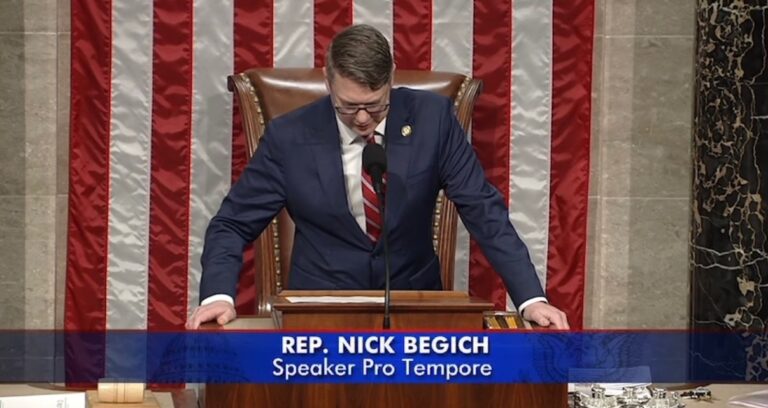Members of the Alaska House and Senate who call themselves the “Bush Caucus” have written a letter to the Alaska congressional delegation, telling them that they think Gov. Mike Dunleavy might be working to preserve hunting and fishing rights for all. They think that is a bad idea, because the federal government manages its lands with rural residents having priority for fish and game, a model they support.
The letter, received Monday, April 14, states that the Bush Caucus members think Dunleavy is trying to challenge the “Katie John” decisions and the federal government’s awarding of special rights for Natives under Title III of the Alaska National Interest Lands Conservation Act (ANILCA).
However, the letter’s promotion of a rural subsistence priority directly conflicts with the Alaska Constitution, which raises a question about whether the legislators who signed it are, in fact, violating their oath to uphold the state constitution. This may expose them to civil action by their constituents.
Key points of the letter include support for ANILCA’s rural subsistence priority under Title III of ANILCA, which prioritizes subsistence uses by rural residents during resource shortages; and the accusation that the Dunleavy Administration is undermining the “Katie John” decisions (which affirmed federal subsistence priority on certain navigable waters) through litigation and by seeking to align the state with President Trump’s Executive Order 14153.
The letter references the Alaska Supreme Court’s 1989 McDowell decision, which ruled that a rural subsistence priority violates the Alaska Constitution’s common use clause, and notes the state’s failure to amend the constitution to align with ANILCA. The letter says that Gov. Tony Knowles in 2001 made the promise that the state would never undermine the Katie John decision, and the writers state that binds the hands of all future governors.
The letter was signed by Speaker Bryce Edgmon, Rep. Louise Stutes, Rep. Robyn Burke, Sen. Lyman Hoffman, Rep. Neal Foster, Rep. Maxine Dibert, Sen. Donny Olson, and Rep. Nellie Jimmie.
The problem for these legislators, Alaska Constitution contains provisions that directly conflict with the rural subsistence priority advocated in the letter. These include:
- Article VIII, Section 3 (Common Use Clause): “Wherever occurring in their natural state, fish, wildlife, and waters are reserved to the people for common use.” This clause mandates equal access to natural resources for all Alaskans, without preference for any group.
- Article VIII, Section 4 (Sustained Yield): Requires fish and wildlife to be managed on a sustained yield principle, subject to preferences among beneficial uses, but not among specific groups like rural residents.
- Article VIII, Section 17 (Uniform Application): “Laws and regulations governing the use or disposal of natural resources shall apply equally to all persons similarly situated with reference to the subject matter and purpose to be served by the law or regulation.” This prohibits discriminatory preferences based on residency or ethnicity.
In the 1989 McDowell v. State case, the Alaska Supreme Court ruled that the rural subsistence priority in state law (that were modeled after ANILCA) violated these constitutional provisions because it granted preferential access to rural residents, thus denying equal access to others. The court held that such a priority conflicted with the common use and uniform application clauses, rendering it unconstitutional under state law.
Alaska legislators take an oath under Article XII, Section 5 of the Alaska Constitution: “I do solemnly swear (or affirm) that I will faithfully execute the duties of [my office], and will to the best of my ability preserve, protect, and defend the Constitution of the State of Alaska.” This oath binds legislators to uphold the constitution’s provisions, including those governing natural resource access.
The Bush Caucus’s advocacy for a rural subsistence priority, as outlined in the letter, appears to contradict the Alaska Constitution by promoting an unconstitutional policy to the congressional representatives, undermining common use and equal access provisions, and by failing to address the constitutional barriers. The letter writers reinforce federal authority through ANILCA to bypass state law, effectively stepping on the constitution, rather than upholding it.
The Bush Caucus is now promoting a position that the Alaska Supreme Court has deemed unconstitutional. They are actively working contrary to their oaths to “preserve, protect, and defend” the Alaska Constitution, and they are blatantly ignoring the McDowell ruling, which is binding under state law, while criticizing the governor for upholding the law.
If rural legislators truly believe in a rural preference, they need to try to amend the Alaska Constitution, but until then, their oath requires the opposite — that they uphold the Alaska Constitution.
Here is their letter:








